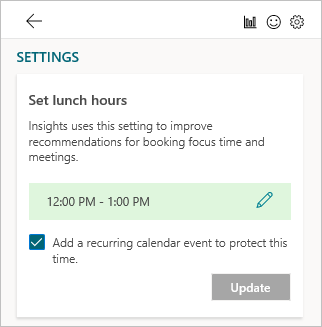It’s Monday. How’s your calendar looking this week? Are there more coloured blocks than white spaces? How many of your lunch times are filled with sales meetings rather than sandwiches? Has that dreaded 4pm Friday meeting invite arrived yet?
Working from home for many of us has introduced a number of different challenges that we never thought existed prior to COVID-19. Sharing the kitchen table with your housemates while you’re both on calls, running out of power points to keep your phone, iPad, laptop, 4G modem and who knows what else charged all day. Losing your headphones right before an important customer call. Hey, it happens to the best of us.
Meeting burnout though? This one feels kind of new. Jumping on a Teams call with your friends on a Friday evening over a few drinks has gone from something I’ve looked forward to, to something where I try and come up with a legit-sounding excuse to not attend, and it has absolutely nothing to do with not wanting to catch up with friends.
Meeting Burnout is very real
Tools like Teams means that we no longer have to attend a customer site to meet face to face. Instead of jumping in a cab/the car/motorcycle/private jet (yeah, right…), meeting a customer at their office, wrapping up, jumping back into your private helicopter and flying to the next appointment you simply leave one meeting, and click to join the next.
That may sound better, but by booking back to back meetings just because you no longer have to factor in re-fueling time for the helo, you lose something that’s so much more valuable – thinking time.
Thinking Time
In the last few weeks, how often have you had to jump from one call that ended at 9:29:45AM to jump straight in to another call at 9:30:00AM? 15 seconds of thinking time between each call. That’s barely enough time to switch customer notes – let alone read and absorb them.
And if we’re not giving ourselves any time to catch up on last weeks meeting minutes before we dive into our 9:30am, we’re also not giving ourselves time to digest what just occurred in the previous meeting. That time you’d sit in a cab with a colleague and talk through the meeting on the way to the next one has now gone.
Just as that famous line may have gone in Jurassic Park – We were so caught up with the excitement of what we could achieve using video conferencing, we never stopped to ask ourselves if we should.
Gaining back control
Fortunately, there are tools available that can help you re-gain control of your week and your valuable thinking time.
Before we talk about tools though, one of the most powerful things at your disposal is a simple two-letter word: No.
Saying No
In person, or virtual meeting invites – the format doesn’t matter. If you need the time for yourself, saying no and declining the invite, or at least postponing it and suggesting a better time can help you re-gain control of your calendar. Tools like FindTime can help with the re-scheduling part too.
Controlling burnout
Saying no isn’t always as easy and simple as it sounds. Aside from declining meeting invites, Outlook can help. It includes tools to help you manage your calendar and protect your time.
The first is the ability to change the default meeting times in Outlook.
Rather than having all meetings end on the :30 or :00 of each hour, you can give yourself and everyone else attending breathing room between back to back meetings – even if that’s just 10 minutes.
Your second tool in your kit is Insights within Outlook. Insights can automatically book 1-2 hours of focus time a day within your Outlook calendar. This is dedicated “you” time that others won’t be able to book over with meetings.
You may be saying to yourself “But Craig, I don’t have 1-2 hours a day spare in my calendar. Right now you don’t, but after letting Insight book that time for you in your upcoming days/weeks, you’ll soon gain that time back as your own automatically.
You can also use Insights to add lunch hours automatically each day into your calendar, ensuring that no one books you during that time:
Be sure to update your work hours within Outlook to ensure that Insights has the right info.
Final Thoughts
Lastly, and probably most importantly – remind yourself that you don’t have to take Teams calls from your desk. If you can venture outside and work in a walk with a coffee during your 9am meeting then do so.
If you want to organise the Friday social drinks over a round of Call of Duty on Xbox Live, do that instead.
And finally, remember that there’s absolutely nothing wrong with saying no to that Friday night catchup with friends and instead ordering in, firing up Netflix and turning your phone off for the night.
Besides, a goat can join the call and cover for you every now and again.





